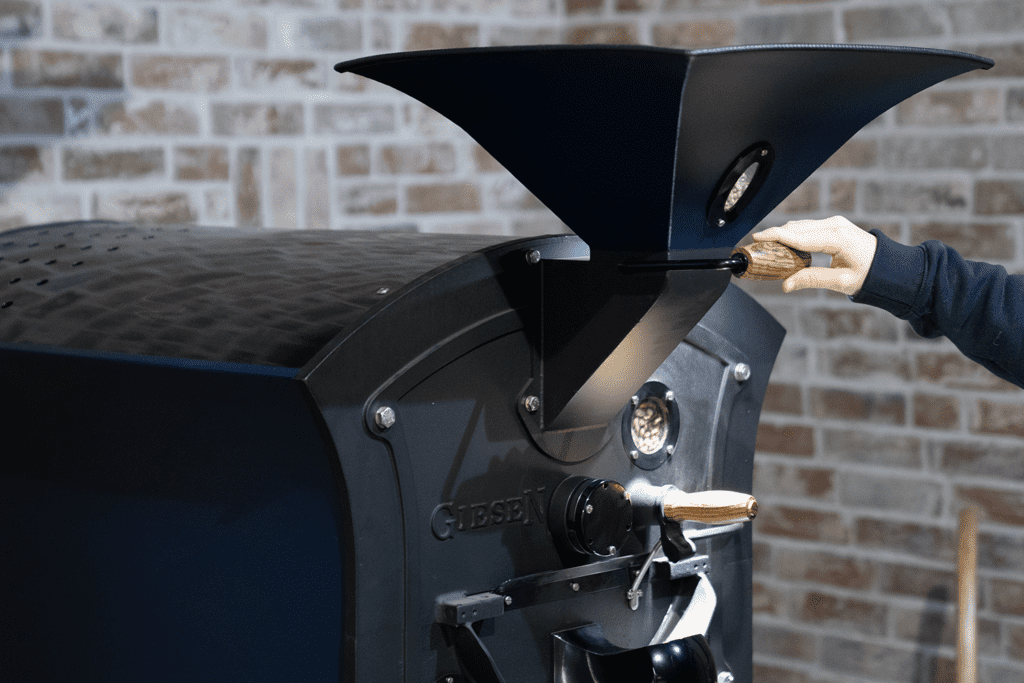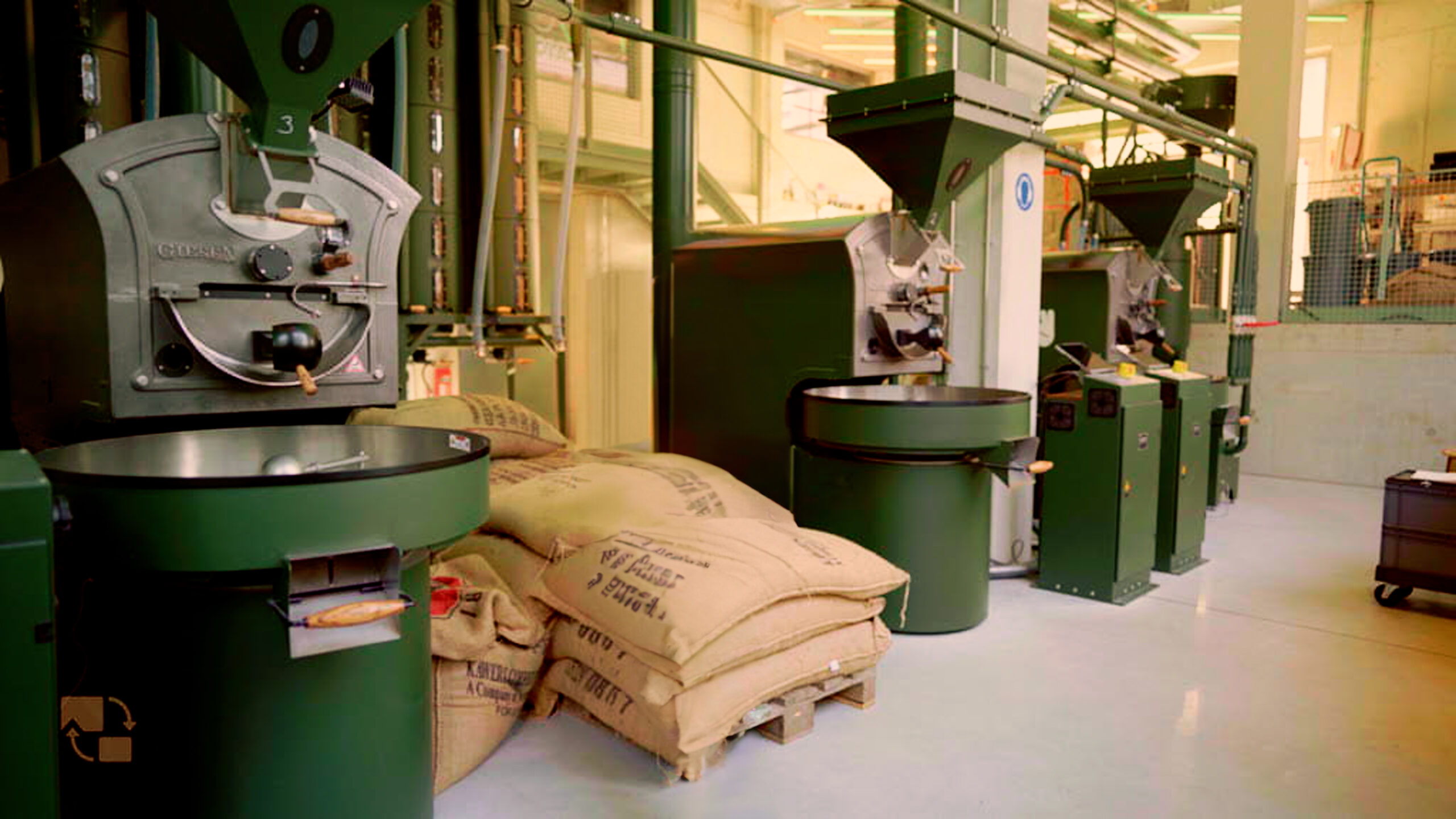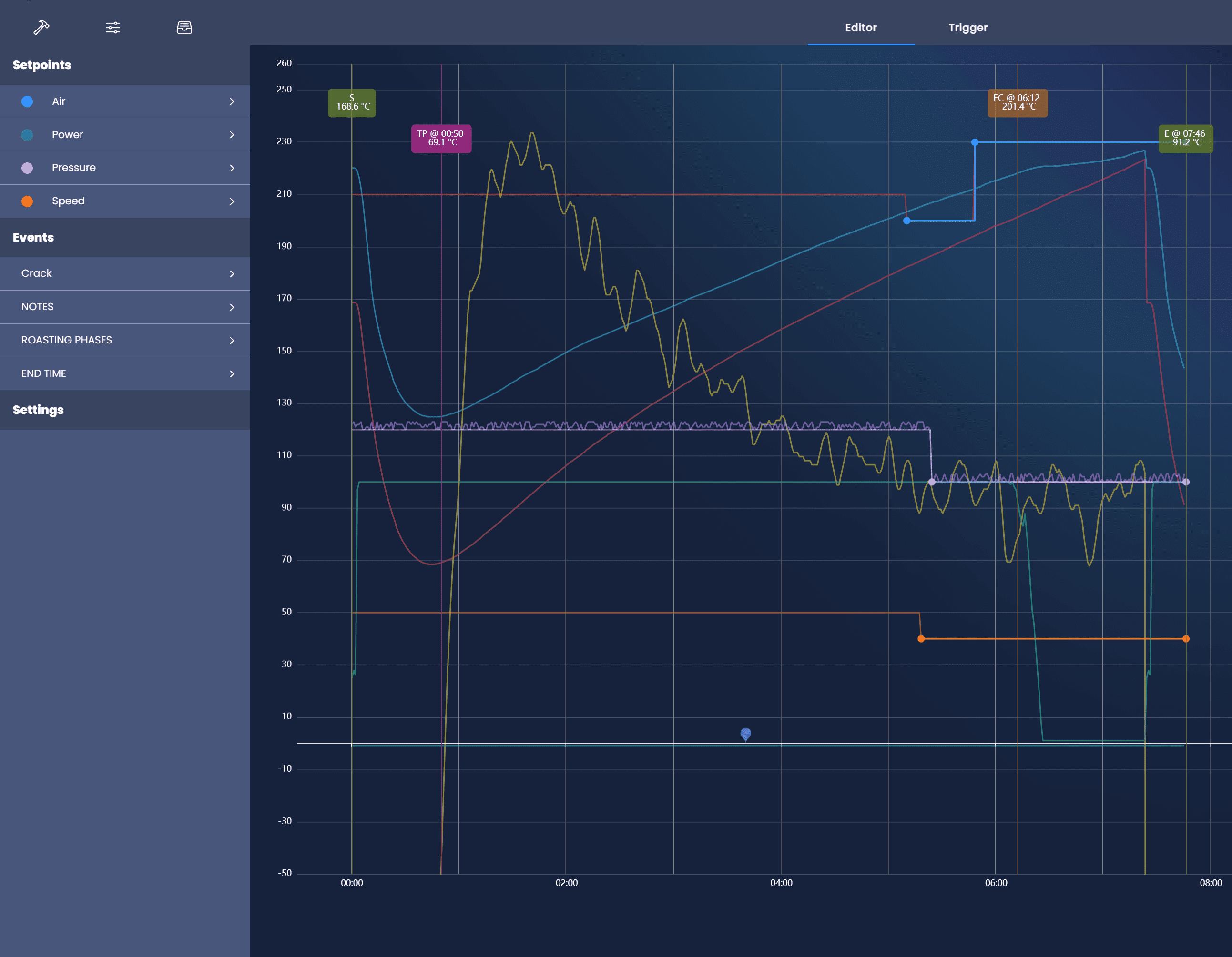One of the most interesting challenges in roasting coffee is the replication of certain coffee blends. Also, it’s one of the most educational activities you can do as a roaster. This since the process subject relies on all of the important disciplines related to coffee roasting. In this webinar, Willem and Marcus explain how you can dissect and analyze a certain coffee blend. Also, they explain which steps you can take to reach the same coffee blend.
What are we going to focus on in this Giesen webinar #6:
When deconstructing coffees, there are various methods that can be used. Altogether it’s a mixture of techniques to analyze and compose coffee blends. We are covering the following topics in this webinar:
- The different steps in deconstructing the coffee blend you’re trying to replicate
- Fermentation methods, bean size, and roast color analysis
- Cupping and tasting
- Roasting your blend
Visually inspecting the coffee
Just looking at the coffee can tell you a lot about the different types of coffee that can be a part of the blend you are deconstructing. As an example, take a look at ‘Blend A’ as displayed in the image below. You can see that there are beans that have a very distinctive dark color, but there are also beans that are much lighter and have a different color in the split of the coffee bean. When you are looking for a uniform background color to inspect your coffee on, you could take a look at a coffee grading mat.
Fermentation methods
When looking at the specific blend we are dissecting, you can see that the center-cut on the bean types look different. This has everything to do with the way the coffee is roasted; the coffee with the dark center-cut is clearly a natural coffee, while the bean with the lighter center-cut appears to be a washed coffee.
Bean shape and size
Blend A is composed of two different types of coffee beans; one being a peaberry coffee bean. A peaberry has the characteristic that the berry only contains one seed. The other types of coffee in this blend are ‘regular’ coffee beans; they contain two seeds.
Roast color analysis
We want to understand how the blend as a whole was roasted. When measuring color, there is a big difference between the analysis of whole coffee beans and ground coffee. In this case, there is a significant difference of 20 points. This tells us that the components were most likely roasted quickly. The development time of the roast was probably in the 15 to 17% range. When doing this, it’s important to keep in mind that the number of days since the coffee was roasted has a big effect on the result of this analysis. When you know the roast date of the coffee your testing and want to compare your own blend, it’s important to sustain the consistency and measure the coffee at the same interval. Obviously, you have to color-grade the different components of the blend independently.
Cupping and tasting
When your coffee blend is sorted and split up between the different components, you can cup the different origin coffees to get an indication of each specific flavor profile. Willem Boot uses a flavor profile evaluation form that was established during the past years and is approved by the SCA. When you would like to cup coffee and use the same form as a reference, feel free to download it on the Boot Coffee Campus website. When you have a filled-in form created with the coffee blend you are trying to replicate, you have an excellent basis to compare your own blend to.
Roasting the coffee blends
When you are done decomposing the blend you want to recreate, it’s time to think about your coffee roasting strategy for the reproduction of this blend. To reconstruct the blend, you have to select specific components and you have to make a decision on how to roast the components. The first decision that you need to make is whether you approach your roast with the heat shock or heat soak profile. More information on this subject? Check out webinar #3 where Willem and Marcus elaborate on this subject.
The next webinar is on the 20th of November, where we will cover additional topics related to coffee roasting, and we will do a live roasting session. Of course, there will be plenty of time for Q&A as well.
Check out the Giesen blog articles here.




